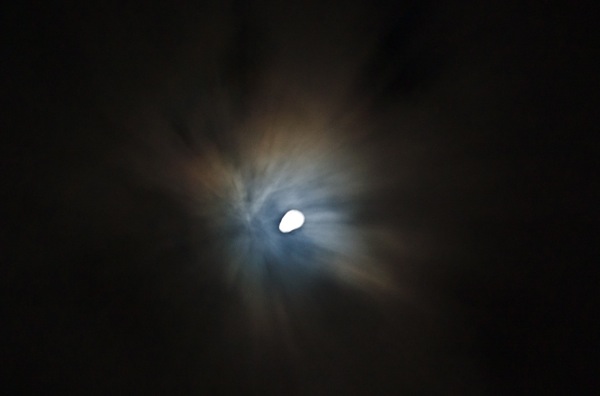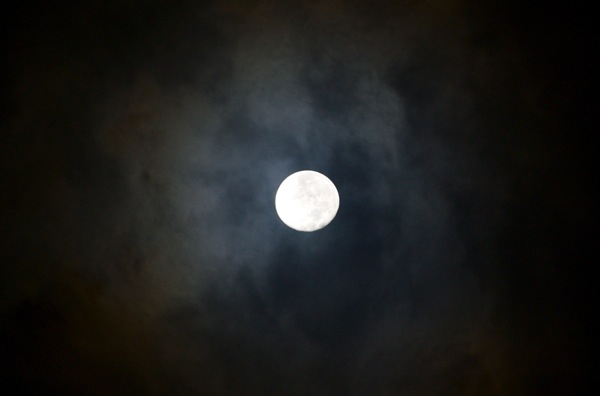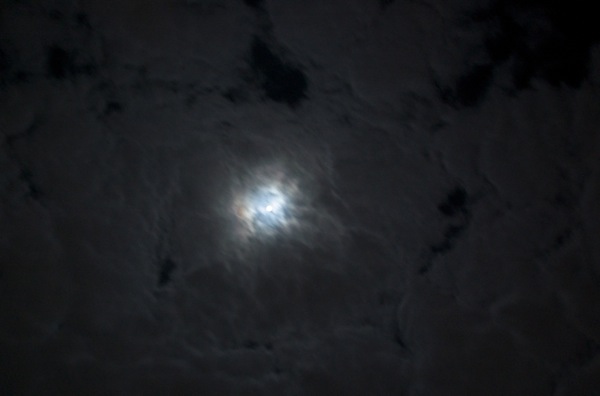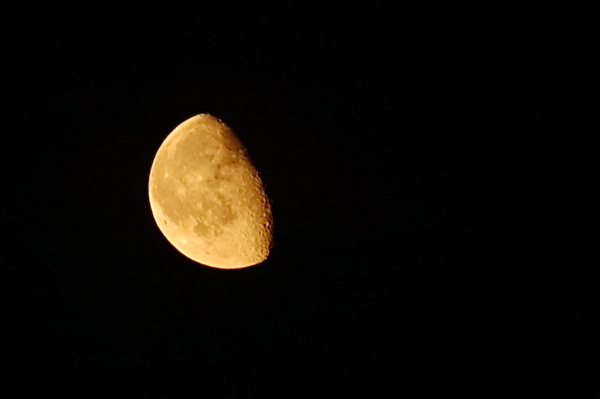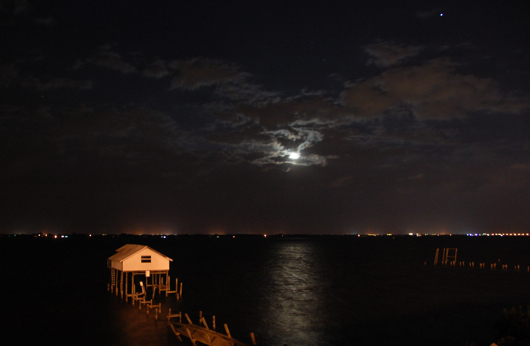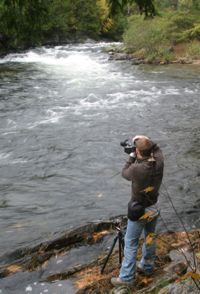
To the left, the moon on Sept. 23, 2010, is 778 pixels wide (cropped from a 12-megapixel image). To the right, the moon on March 19, 2011, is 879 pixels wide. That indicates a 12.982 percent size difference -- close enough to NASA's estimate that the full moon Saturday would appear 14 percent larger than it typically does.
On Saturday, March 19, the full moon was at its closest approach to Earth since 1993, making it appear 14 percent bigger and 30 percent brighter than usual, according to NASA. This "super moon" was at its perigee -- the point in its oval orbit that is nearest to our planet.
The two above photographs show the size difference.
The size change wasn't necessarily noticeable to the naked eye because there was no great measuring tape in the sky. But the brightness was obvious as I was snapping photographs next to the Indian River in Rockledge.
For the side-by-side comparison at the top of this post, I used similar settings for each photograph -- except for the shutter speed. For the smaller moon, I used 1/1,600 of a second. For the bigger and henceforth brighter moon, I used 1/2,500 of a second.
That works out to a 36 percent exposure difference. While it's certainly not a scientific measurement, it's close to NASA's estimate of a 30 percent brightness increase.
The two above photographs show the size difference.
The size change wasn't necessarily noticeable to the naked eye because there was no great measuring tape in the sky. But the brightness was obvious as I was snapping photographs next to the Indian River in Rockledge.
For the side-by-side comparison at the top of this post, I used similar settings for each photograph -- except for the shutter speed. For the smaller moon, I used 1/1,600 of a second. For the bigger and henceforth brighter moon, I used 1/2,500 of a second.
That works out to a 36 percent exposure difference. While it's certainly not a scientific measurement, it's close to NASA's estimate of a 30 percent brightness increase.

When viewing celestial objects as they rise or set, you're looking through an extensive cross-section of Earth's atmosphere. That creates a magnifying effect, making the moon or the sun seem even larger. That's why the moon looks abnormally large in this photo, snapped with Merritt Island in the foreground.


After it cleared the trees.

I started using less magnification on my lens to get a wider view of the surroundings, including this sailboat moored in the Indian River.

I was technically on private property here, where I pulled over to the side of Rockledge Drive, a narrow and winding route that parallels the Indian River.

This roadway, which I enjoy for motorcycle riding, is lined by nice homes with piers or docks into the Indian River. I had never photographed anything along the route, so I figured it would be a super place to view this full moon.

This longer exposure brings out the blues in the sky. The moon rose at 7:48 p.m. here, 14 minutes after sunset.

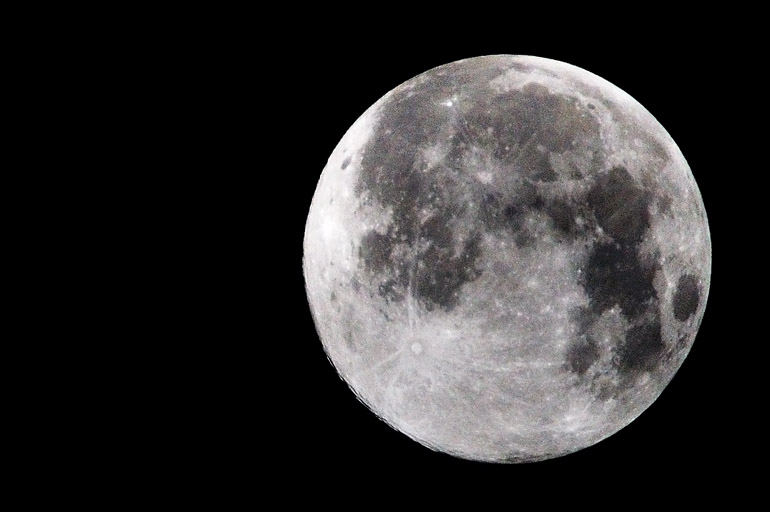
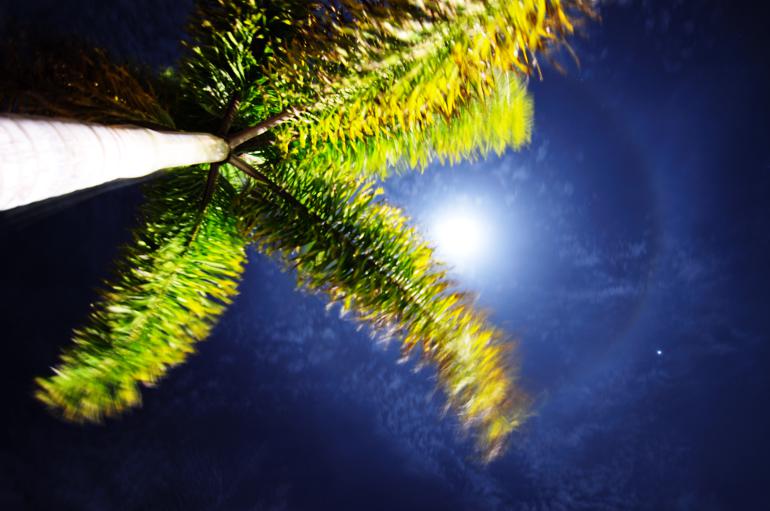

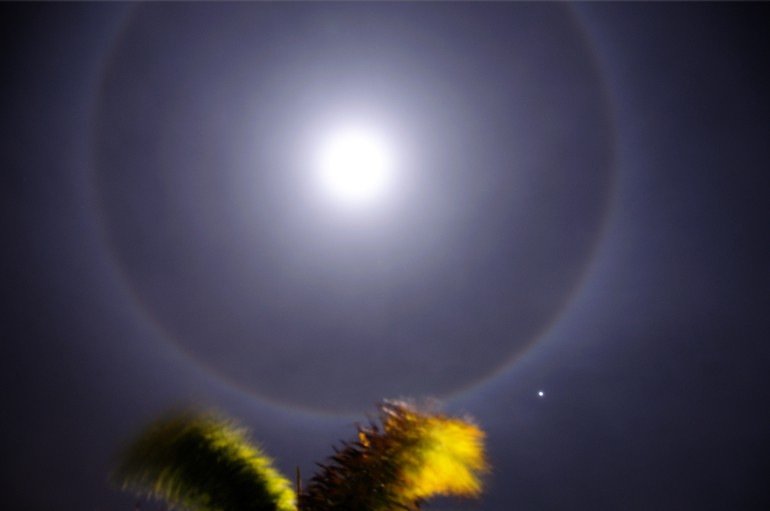

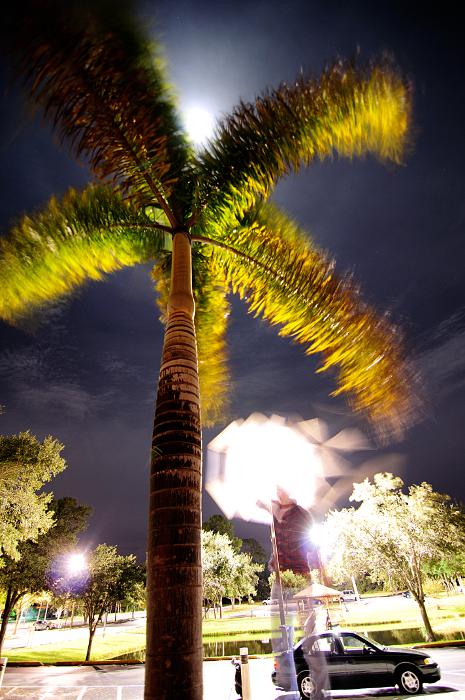
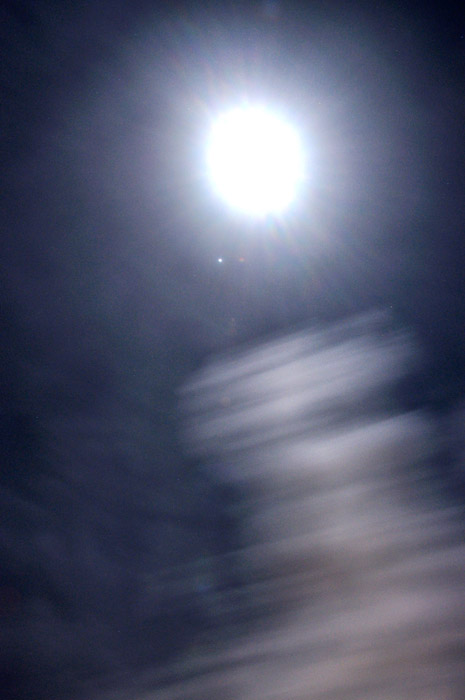
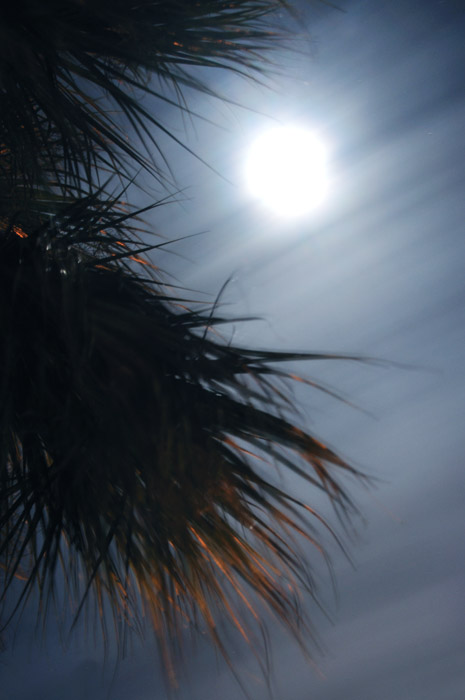

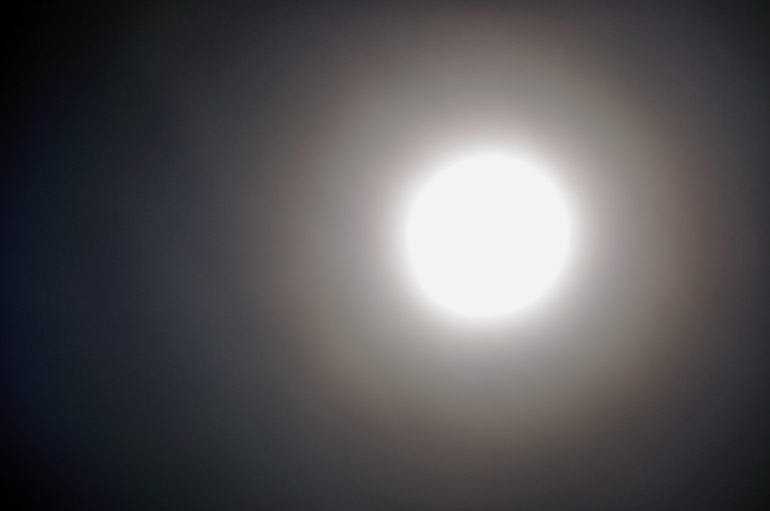

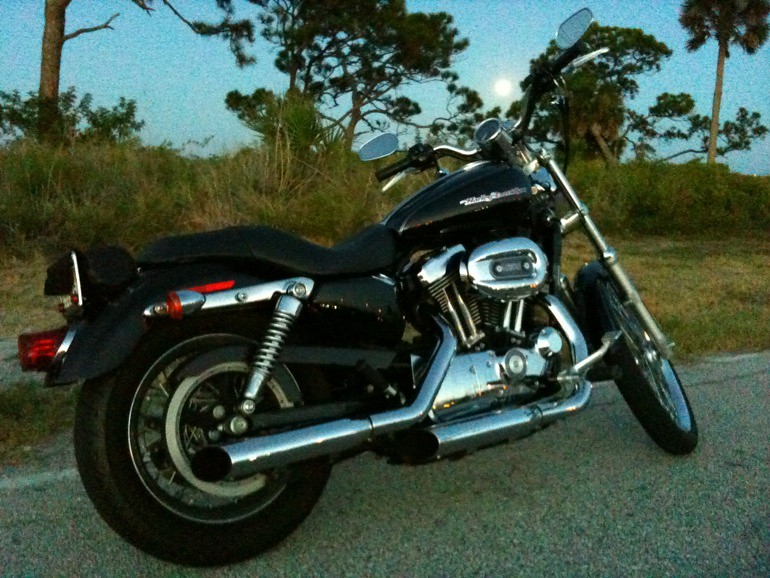
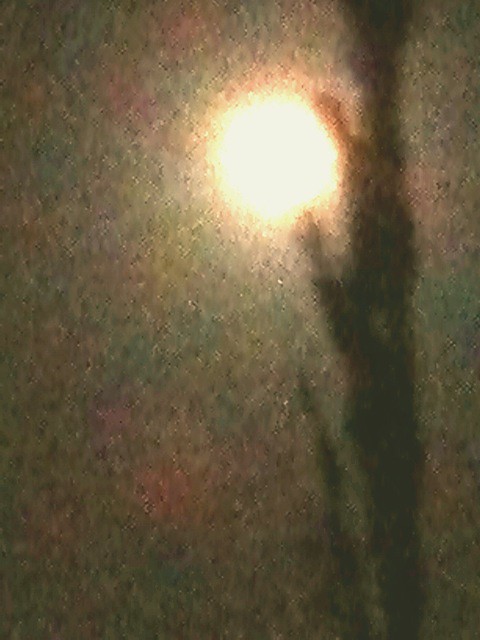
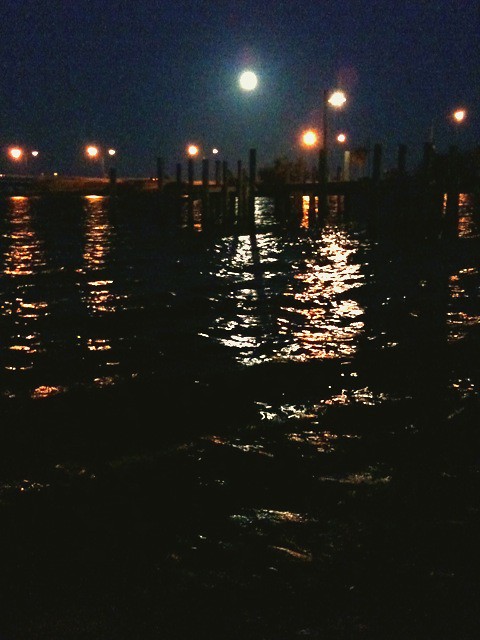

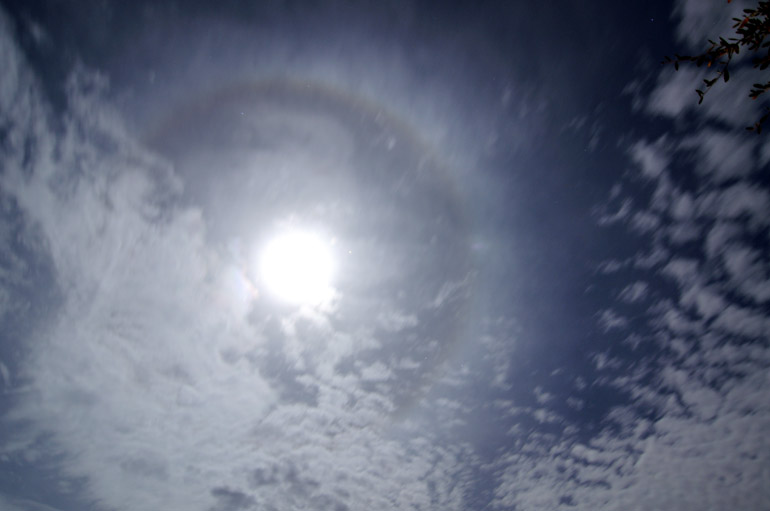
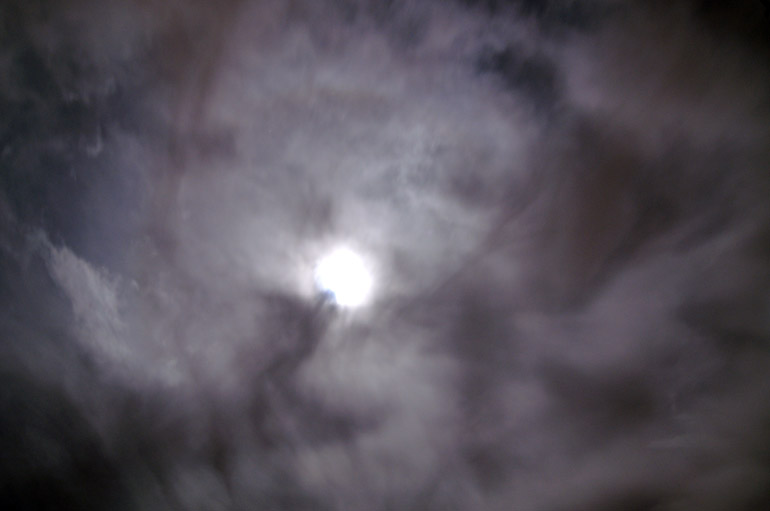




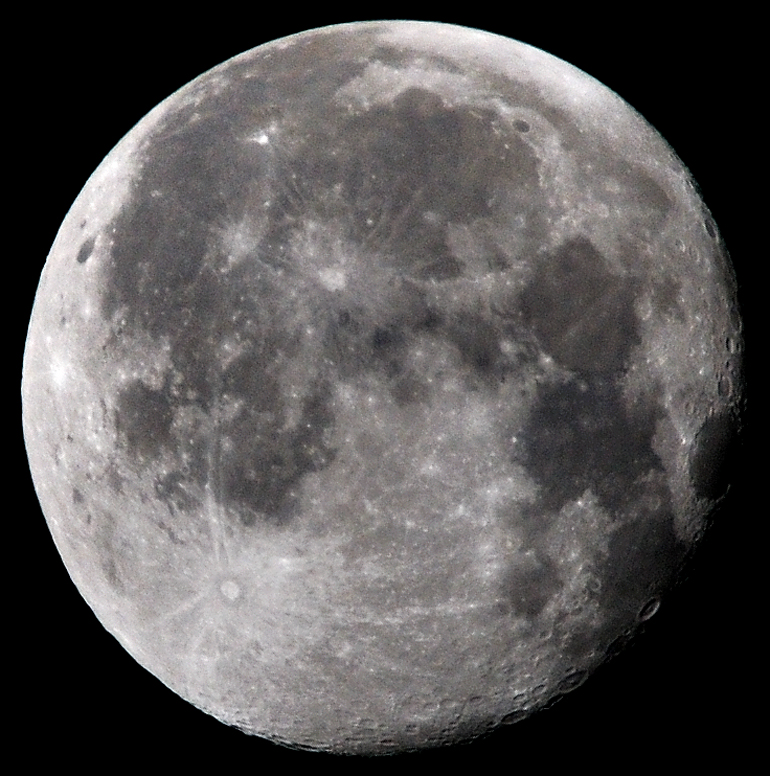

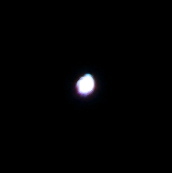 The angle at which I have to point my camera to shoot the natural satellite is not steep just after moonrise. Later in the night or morning, it can get quite high in the sky. That's when a good tripod comes in handy.
The angle at which I have to point my camera to shoot the natural satellite is not steep just after moonrise. Later in the night or morning, it can get quite high in the sky. That's when a good tripod comes in handy.

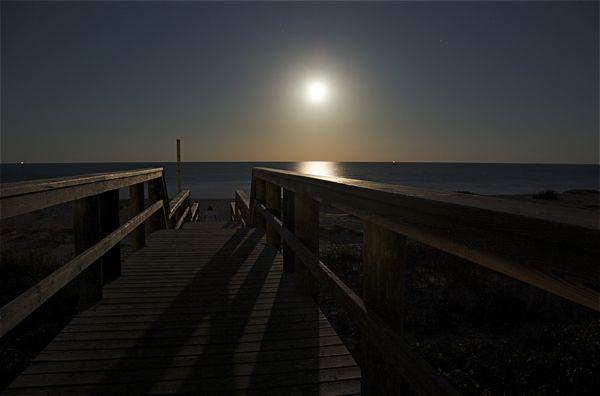
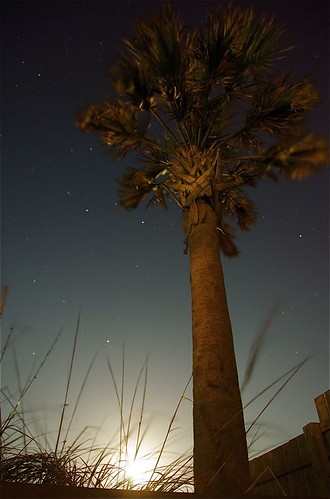 But no. NASA couldn't properly fuel the external tank for shuttle Discovery. A valve sprang a leak 20 minutes before the tank was full. I got word - via text message, from co-workers - that the launch had been scrubbed, just before I was about to leave for a front-row seat in Titusville.
But no. NASA couldn't properly fuel the external tank for shuttle Discovery. A valve sprang a leak 20 minutes before the tank was full. I got word - via text message, from co-workers - that the launch had been scrubbed, just before I was about to leave for a front-row seat in Titusville.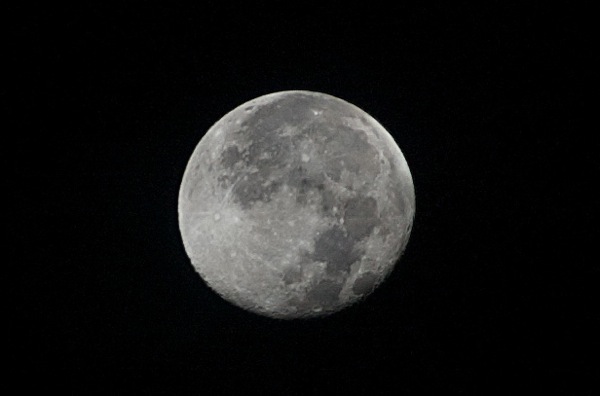
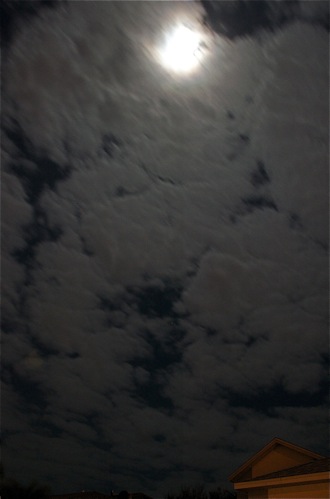 Friday's full moon, the last of the year 2008, was the closest the satellite has been to Earth in 15 years. And it won't get closer until 2016.
Friday's full moon, the last of the year 2008, was the closest the satellite has been to Earth in 15 years. And it won't get closer until 2016.